Square Enix released Chocobo’s Mystery Dungeon: Every Buddy recently, and to some, it might seem an odd game out. Mystery Dungeon games are roguelikes and previous Chocobo-related outings didn’t attract as much attention in the West as they did overseas.
They’re known for brutal difficulty and roguelike elements most of all. But underneath the randomly generated dungeons and turn-based combat is a series with huge variety and deep connections to gaming history. Certain outings, including Chocobo’s Mystery Dungeon, also go beyond the teeth-grinding difficulty and offer compelling fanservice whose charm alone helps make the entire package worthwhile.
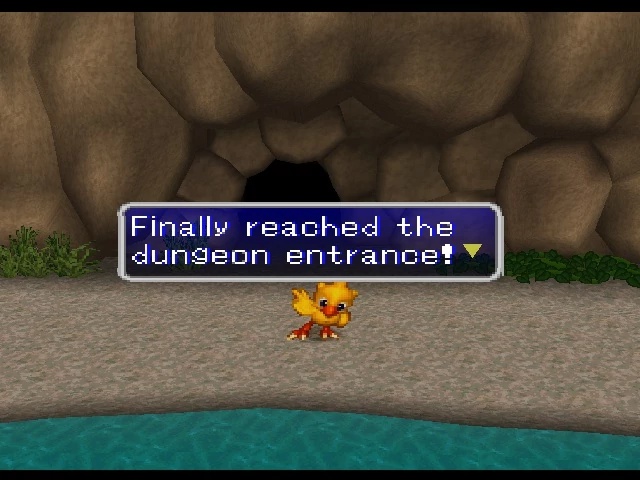
How It Started
In general, the Mystery Dungeon games share a few core things in common with roguelikes.
They revolve around exploring one or multiple dungeons, usually with a variety of randomly generated floors or sections themed around a specific gimmick. Each floor’s layout is randomly generated. That’s where part of the appeal is, too, since the dungeon changes every time you enter.
Movement is grid-based, and each step you take causes time to move forward on that floor. Of course, enemies and other environmental facets take place as you (and time) move.
Combat is turn based and often relies on your character facing the right direction so it can actually land a hit. Many Mystery Dungeon games will include a variation of the class system common to RPGs, letting you change up how you approach each obstacle.
These all stretch back to the game that’s one of the grandfathers (grand-game?) of all RPGs: Wizardry.
Wizardry was the first dungeon crawler video game with mass appeal and was based heavily on the likes of Dungeons and Dragons and created by Robert Woodhead and Andrew Greenberg in the late 1970s, though it didn’t hit many people’s radars until 1980.
Wizardry built on other, similar games with exploration elements and first-person mechanics to create a unique experience. Dungeon exploration and incredible detail (for the time) were coupled with party-based combat and a deep experience that could change depending on how you approached it.
It also existed in a pre-map era, which meant players resorted to the tabletop feature of developing their own maps (hello Etrian Odyssey’s ancestor).
Wizardry was a success in the West, but success doesn’t even begin to describe the phenomenon it created in Japan. It, along with Ultima, developed a huge following that still exists and sparked the modern RPG as we know it.
How Dungeon Crawlers Gave Birth to the RPG
Apart from introducing staple RPG mechanics like fantasy, exploration, and party combat to broader audiences, Wizardry caught the imaginations of Koichi Nakamura and Yuuji Horii during their earlier days at Enix.
Wizardry didn’t release in Japan until 1985, but the two programmers experienced it firsthand at Applefest in 1983. The design and mechanics struck a chord in them, and they combined Wizardry gameplay with the Ultima map as the foundation for what became Dragon Quest.
That game ended up spawning Final Fantasy, and the genealogy of RPGs is well-known enough from there. It is worth noting, though, that Nakamura would go on to work on the Pokemon Mystery Dungeon series, along with acting as producer for many, many other Mystery Dungeon spinoffs.
Around the time Dragon Quest made its debut, Wizardry and the dungeon crawler were fading from the public eye in the West. Greenberg and Woodhead had achieved cult following status in Japan, though, and could hardly walk around without being mobbed by adoring fans.
As roguelikes and dungeon crawlers gradually fell out of favor this side of the Pacific, Japan started seeing more mainstream games with Wizardry’s DNA, like Shin Megami Tensei, along with a host of lesser known titles, such as Dragon Slayer, to say nothing of the countless Wizardry sequels and spinoffs still being made.
How the RPG Gave Birth to Mystery Dungeon
The genre changed again, though. In 1993, the first Mystery Dungeon game was released, Torneko no Daibōken: Fushigi no Dungeon. It featured a side character from Dragon Warrior IV and was basically a console roguelikes that used familiar characters from well-known RPGs to draw people in.
But it spawned a series that would include countless spinoffs from multiple well-known franchises.
Take Final Fantasy for example. In 1997, doubtlessly riding off FFVII’s success, Square released Chocobo Fushigi na Dungeon (what would end up being translated as Chocobo’s Mystery Dungeon for the sequel).
It borrowed elements of Final Fantasy and mashed them with Wizardry-style dungeon exploration and rougelike elements to create a successful spinoff—successful enough to warrant a sequel only a year later.
Chocobo’s Mystery Dungeon 2 wasn’t a major hit in the West, but it developed a loyal following. Part of the appeal in Japan and the West was that the Chocobo offshoot tames some of the bone-grinding difficulty and made the series more accessible.
Other franchises would follow suit, but apart from the joy of seeing your favorite characters — or character classes, in the case of something like Etrian Mystery Dungeon — there’s a special something about playing a game that has such strong roots to modern RPG gaming and was ultimately responsible for some of the biggest names in the gaming industry.
The Core: Strategy, Heartache, Rinse, and Repeat
But before Pokemon Mystery Dungeon and the Final Fantasy Fables games that tried to be more accessible, there were other entries in the Mystery Dungeon series designed for the hardcore gamer.
The Shiren the Wanderer games are some of the better known spinoffs in the Mystery Dungeon series, with releases on the Wii (Shiren the Wanderer), DS (Mystery Dungeon: Shiren the Wanderer) and Vita (Shiren the Wanderer: the Tower of Fortune and the Dice of Fate).
The Shiren games are not for the faint of heart. They’ll take your time, make you think you’re doing well, and then crush you with a smile before sending you back to square one.
These hardcore Mystery Dungeon games are the epitome of roguelike. But that’s also part of what makes them popular, popular enough to warrant additional entries in the West, including a newer mobile release as well. Shiren games force you to literally think out every step, planning ahead so even if the RNG gods do spit on you, there’s still a chance of survival.
Like the best roguelikes, its design is effective enough to keep you trying again and again, regardless of how many times it kicks you down — even if you do need a break first. Since layouts are always different, it means your strategy has to change every time too.
It helps that these mechanics are wrapped around a charming graphics style, with some addictive item management and combination elements as well, making the frustrations more than worthwhile.
That goes double for Etrian Mystery Dungeon, the peculiar one-off Mystery Dungeon entry using Etrian Odyssey concepts. It’s as incredibly difficult and “figure it out yourself” as the core EO games (well, most of them), but it combines exploration and class experimentation with the Mystery Dungeon format.
The result is an engrossing game on par with Shiren for both difficulty and reward, though surpassing it in terms of playability.
Each Mystery Dungeon game is bursting with replay value and keeps players engaged for long periods of time with its variety of mechanics and almost infinite ways you can approach it. Of course, the difficulty means it isn’t for everyone. Outside of dedicated fans, you won’t likely find many people who talk about Shiren in the West or Etrian Mystery Dungeon.
The Rest of Us
The Mystery Dungeon series is nothing if not flexible, though. While the core games like Shiren continued being made, the series fared better when it continued in the tradition of the original: combining well-known RPGs with the more unforgiving Mystery Dungeon formula.
Still, the series didn’t really hit its stride in the West until Pokemon Mystery Dungeon: Red Rescue Team and Blue Rescue Team launched.
There were other attempts to make the series popular, like Izuna: Legend of the Unemployed Ninja. But these lacked the staying power of a big franchise, while Pokemon was capable of bringing in a new and sizeable audience and easing them into the established gameplay formula.
Now, instead of the quirkiness of Shiren and the exotic dungeons, players could take a personality test and become one of their favorite Pokemon for the duration of the game.
The stories, while not astounding, at least provided context for the many, many trips into the dungeons. Plus the exploration used well-known Pokemon mechanics like elemental attack types and leveling up to make the huge change in gameplay styles easier to tolerate.
After the initial pairing’s success, the Pokemon offshoot spawned regular new entries. While these might not be “true” Mystery Dungeon games, in the sense that they lack some of the risk-reward element and the harsher roguelike mechanics, they represent something important.
For franchises where experimentation either never happens, like Pokemon, or comes under heavy fire when it does, like Final Fantasy, the Mystery Dungeon series is a creative outlet that lets developers do something different with their established creations that fans can enjoy for a long time.
Who wouldn’t want to run around a dungeon with Mog as a sidekick or turn into a Pokemon for a few hours, after all?
Chocobo’s Mystery Dungeon: Everybuddy is out and about, and with it fans are getting the best of both Mystery Dungeon worlds. It has all the charm and appeal of a Pokemon Mystery Dungeon game, but with Final Fantasy themes and cameos. What’s not to love?
The Mystery Dungeon series ticks on as the primary roguelike series on console and handheld for a good reason, and it comes as no surprise with history in mind.

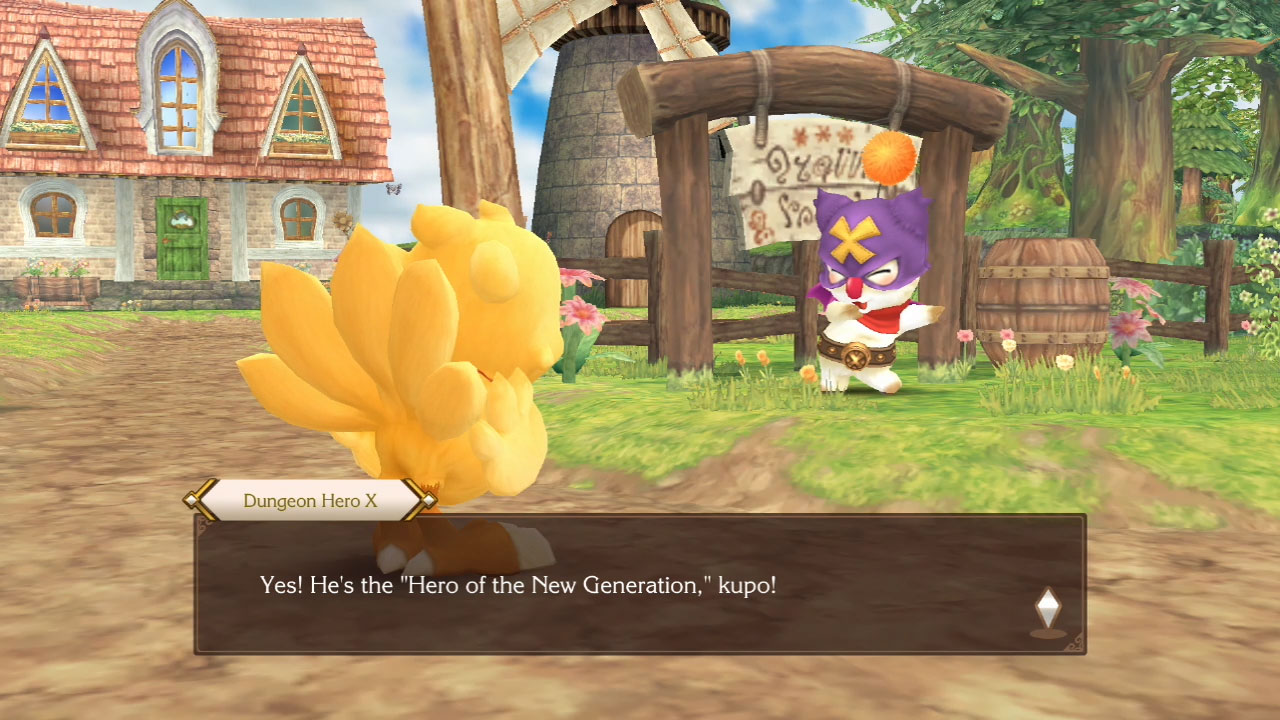
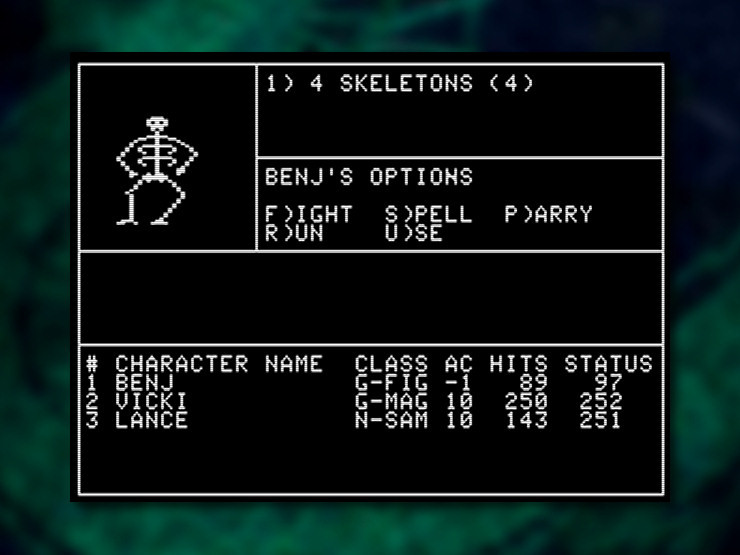
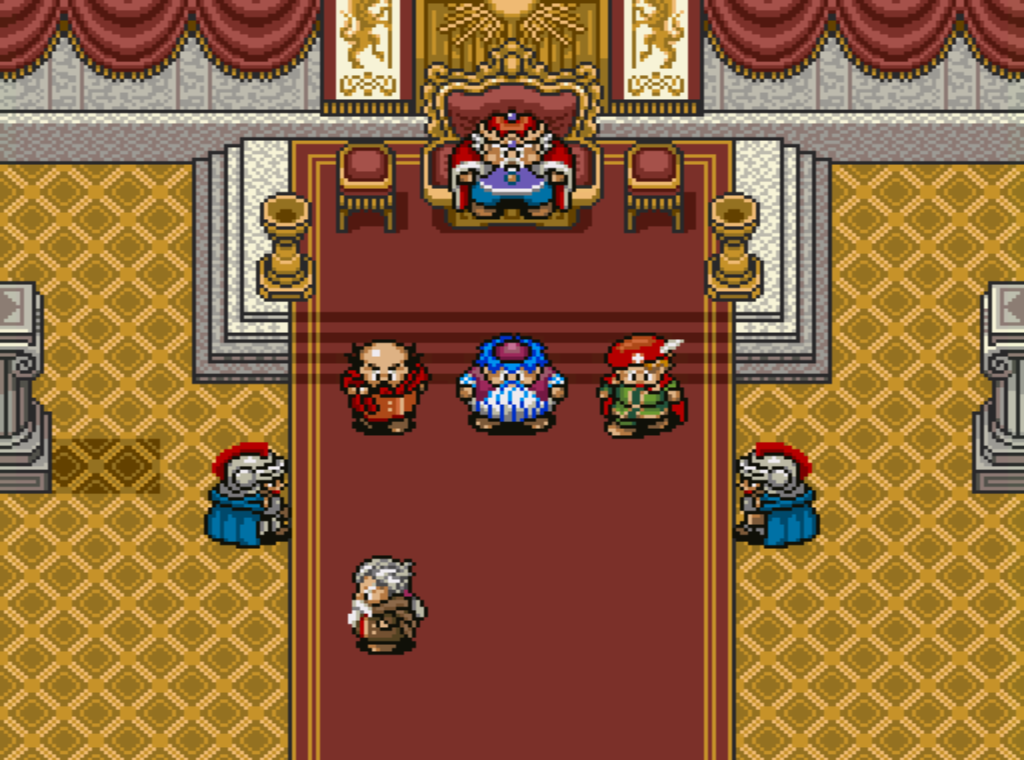
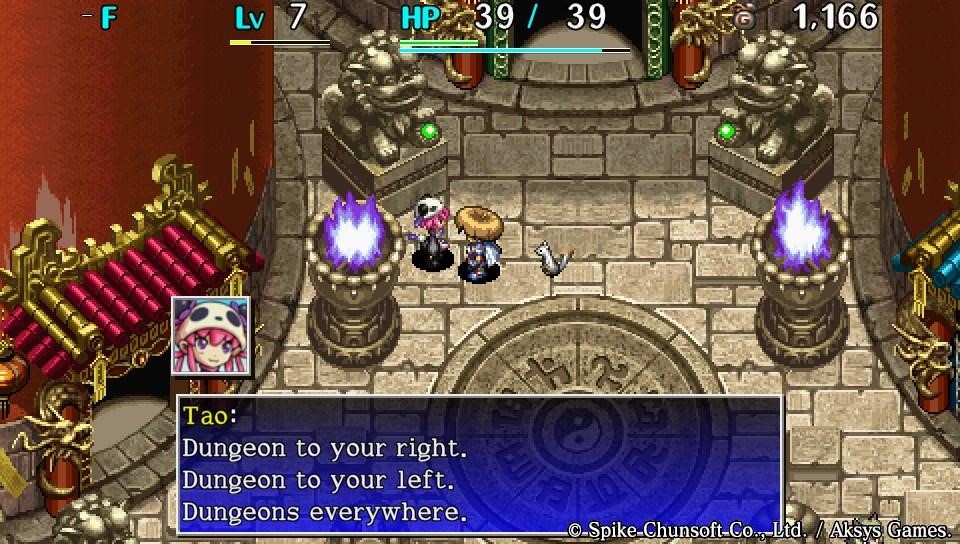
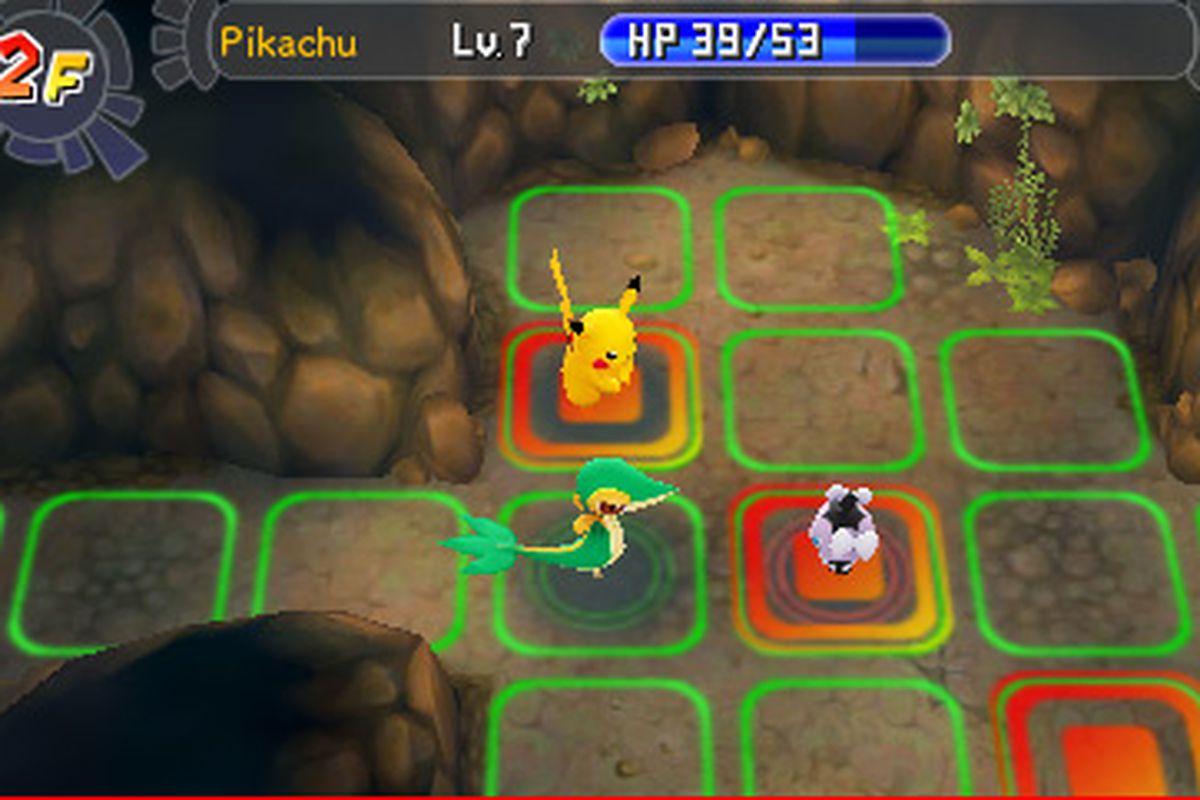





Published: Mar 19, 2019 04:35 pm